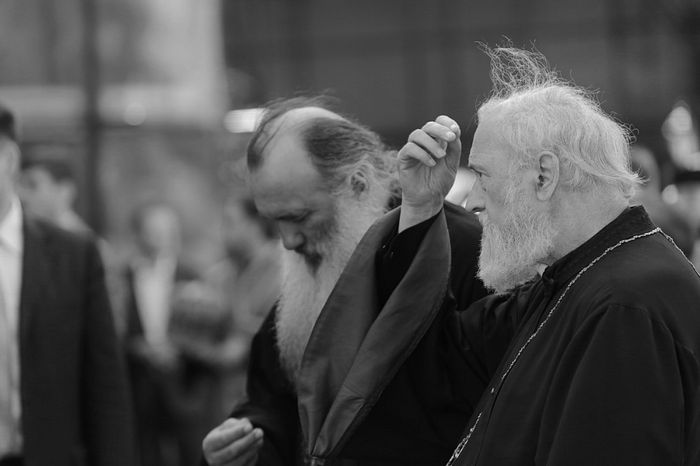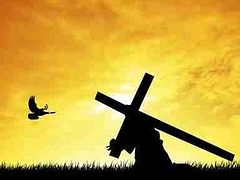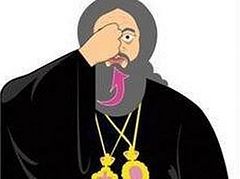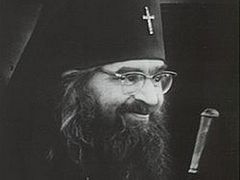In the translation provided in our official OCA Divine Liturgy book of the festal material for the Feast of the Elevation of the Cross there exists a puzzle. All of the material there is quite appropriate to the feast—the psalm for the First Antiphon is Psalm 22, which begins with Christ’s cry of dereliction from the cross, “My God, my God, why have You forsaken Me?”, the refrain for the Second Antiphon is “O Son of God crucified in the flesh, save us who sing to You: Alleluia!”, and the Prokeimenon uses Psalm 99, with its reference to the cross as Christ’s divine foot-stool. Everything pretty much fits in with the festal theme of the day—everything, that is, except the verse of the Communion Hymn, from Psalm 4: “The light of Your countenance has shone on us, O Lord”. It is a wonderful thought—the blessing that comes from God’s presence rests upon us, like light from the warming sun. Who wouldn’t want the light of God’s face resting upon them? But what does it have to do with the cross, which is the theme of the day? That is the puzzle.
The puzzle is solved when we back away from the English translation of the Hebrew which our current book provides and use the Greek translation of the Septuagint instead, which was almost certainly the version used by whoever chose this psalm for the koinonikon for the day. In Greek Psalm 4:6 reads not “The light of Your countenance has shone upon us, O Lord”, but rather “The light of Your countenance has been signed upon us, O Lord”. A Christian reading the text could hardly fail to see in that verb the sign of the cross, for when we invoke the divine presence by making the sign of the cross upon ourselves in faith, God indeed responds by blessing us with His presence.
It is easy to make the sign of the cross casually, and even carelessly, especially if we sign ourselves many times during the Divine Liturgy. We can make it sloppily, with our fingers not even rising to our foreheads, or touching our shoulders. One priest I knew in seminary referred to such sloppiness by observing with disgust, “It was if the person doing it were swatting away flies.” But we are not swatting flies; we are invoking the awe-inspiring gift of the divine presence, which was made possible for us sinners through Christ’s death on the cross. We should therefore make the sign of the cross deliberately, reverently, mindful of the Master and His sacrifice. The light of God’s countenance can indeed rest upon us in blessing, illumining our darkness, and lighting up our way. But this gift was purchased for us with a fearful price, and the feast of the Elevation of the Cross reminds us of this. We should therefore sign God’s presence upon us in the same spirit with which we approach the Chalice—in the fear of God and with faith and love. For every time we bless ourselves with this Sign we stand in the shadow of the Lord’s cross, and in its eternal light.




